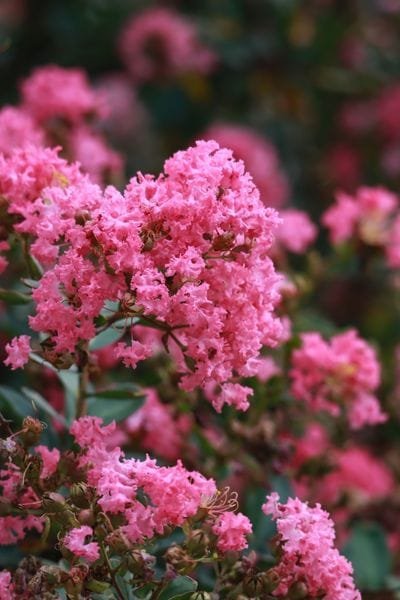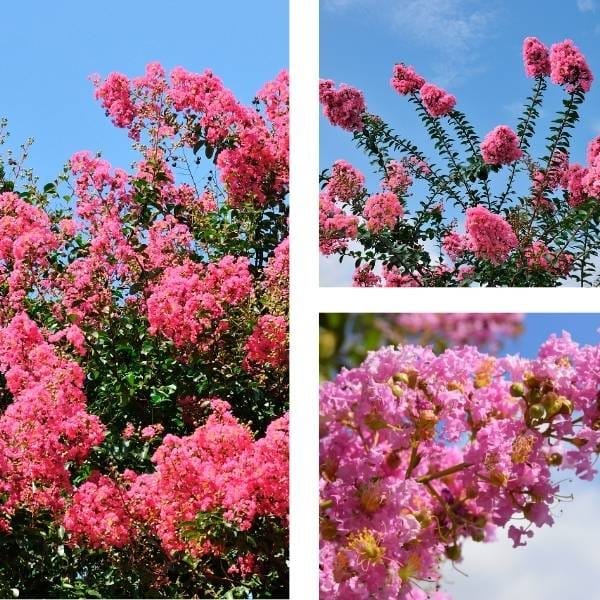- (210) 818-8744
- Boerne, TX and the surrounding areas
Benefits | Landscaping | Leaves | Conditions | Flowers | Attributes | Stem
Crape myrtle, a beloved native plant in warm southern regions, is cherished for its vibrant summer-to-fall blooms and versatility. Found as deciduous or evergreen shrubs and small trees, it ranges from 3 to over 20 feet in height, with colorful flowers and striking bark. Most cultivars are hybrids of the Common and Japanese Crape Myrtle, thriving in full sun and well-drained soils. Adapted to heat, it’s ideal for the region’s climate, though winter mulch and protected planting enhance hardiness. Requiring minimal pruning, crape myrtle adds lasting beauty to landscapes with its crepe-like flowers and myrtle-like foliage.


At Blades of Glory Landscaping Services LLC, we specialize in landscape installation, lawn care, landscape lighting, sod installation, landscape design, irrigation repair and install, and masonry. We provide landscaping assistance for both Residential and Commercial landscaping projects.
© 2024 Blades of Glory Landscaping Service LLC — ALL RIGHTS RESERVED